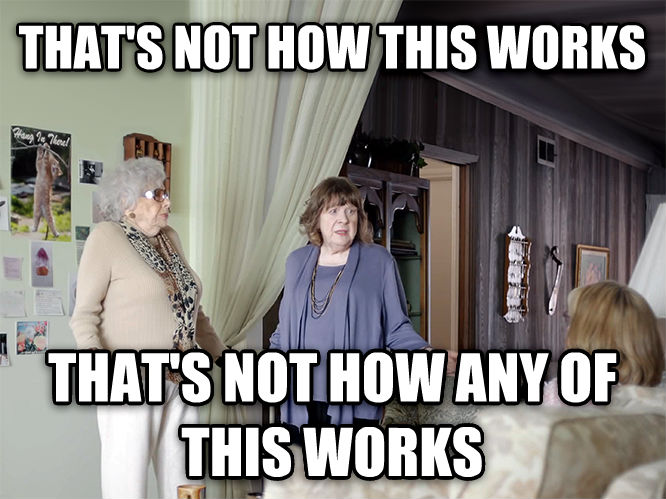Please understand--this wasn't an indictment of Marshall. Rather, there have been one or two individuals in this thread who have championed the idea that, apparently, those things don't matter. They do.
I actually think the experiments Marshall and his cohorts do are pretty well done. What I wish we had was a better indication of who the people are who are testing, but even more than that, a better way of controlling what people are eating and drinking prior to the testing. My gut tells me the lack of differences we see in many brulosophy experiments is related to this. BUT, it would be better if someone (like me, maybe) could do some experiments which are as well-controlled as the brulosophy ones are, and then put some effort into the measurement side.
I really want to do that. Maybe it doesn't matter, but either way, it's an issue that, IMO, is still outstanding. I'd have people show up to testing not having drunk any beer; I'd have water to cleanse palates, and I might even try to have tasters do successive tests to ensure they're able to discern the difference.
The brulosophy methodology has improved over time, and I'm hoping that this becomes the next area of improvement. If I could find a way to brew two comparable batches I'd try to do that, but I don't have the dual system I need. All I can do is brew sequentially, and maybe that would be enough.
**************
Morrey and I have been doing some initial testing of Brewtan-B. We think we see something there, but it might be wishful thinking. I'm dying to do two IPA batches, everything the same except BtB, and see what impact there is on initial flavor as well as long-term stability of flavor and aroma.
I've got two ferm chambers so I could start them separately, have starters that are staggered by four hours, and so on. I need to find someone local to help me do this and maintain fidelity to consistent brewing techniques. Or maybe I can just plot it out, but an assistant would help immensely.
I have someone in mind.





